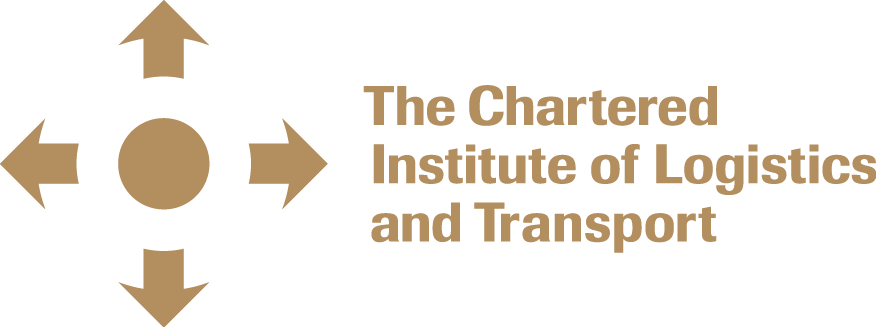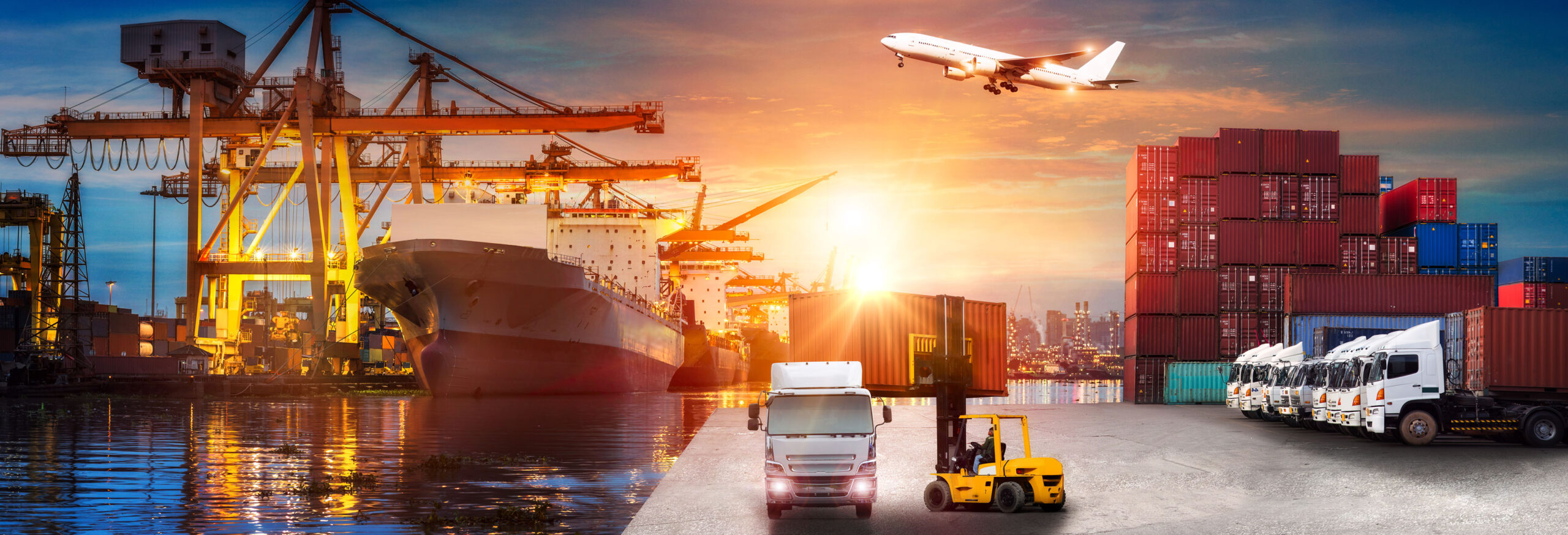As global trade tensions continue to escalate, procurement professionals are increasingly encountering the ripple effects of tariffs, trade restrictions, and supply chain disruptions. Whether it is steel for infrastructure projects or technology for digital transformation initiatives, tariffs can shift costs overnight and introduce significant uncertainty into long-term contracts.
For public procurement, where accountability, budget constraints, and strict timelines are already tight the stakes are even higher. Strategic procurement practices are no longer optional; they are essential for safeguarding project success and financial stewardship.
In recent years, tariffs imposed on countries such as China (on manufactured goods), Canada (on steel and aluminum imports), and the European Union (on various industrial products) have reshaped global supply chains and procurement strategies (USTR, 2025; U.S. Department of Commerce, 2025; European Commission, 2025).
Note: Tariffs and trade policy have continued to evolve under both Democratic and Republican administrations, highlighting the importance of procurement strategies that are adaptable regardless of the political landscape. While the scope and focus of tariffs may shift, their ripple effects on pricing, sourcing, and supplier risk remain a consistent challenge across sectors.
These shifts have forced procurement officers to revisit sourcing strategies, renegotiate contract terms, and rethink the balance between domestic and international suppliers. It is no longer just about getting the best price. It is about managing risk and ensuring supply chain continuity under volatile conditions.
Based on my experience, here are some best practices that can help mitigate these risks:
• Building flexibility into contracts:
Including price adjustment clauses tied to specific tariff thresholds can protect agencies from sudden cost spikes. This ensures both parties understand how changes will be managed without needing to renegotiate entire agreements.
• Strengthening relationships with suppliers:
Maintaining open, proactive communication with suppliers can provide early warnings about pricing changes or material shortages. Building partnerships, not just transactions, allows for collaborative problem-solving and access to alternative sourcing when disruptions occur.
• Leveraging cooperative contracts:
Participating in cooperative purchasing agreements that already include tariff clauses or pre-negotiated rates can offer additional stability. These contracts often spread risk across multiple agencies and benefit from stronger negotiation power.
Ultimately, Strategic Procurement is about more than navigating the tariffs and disruptions we face today. It is about building resilient processes that can withstand whatever comes next. In an unpredictable economic environment, public procurement must continue to evolve becoming more agile, more informed, and more focused on proactive risk management.
Sources:
• Office of the United States Trade Representative (USTR), 2025
• U.S. Department of Commerce Press Release, 2025
• European Commission Press Release, 2025

